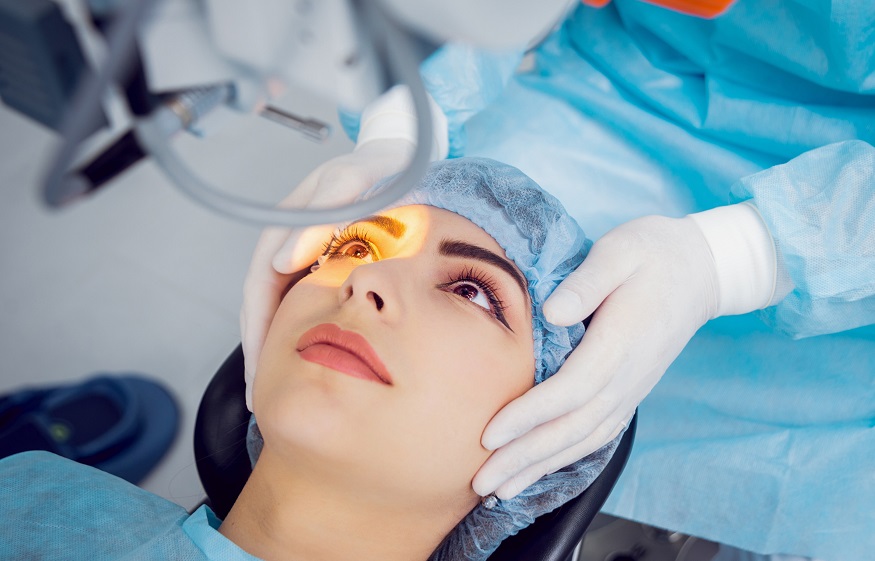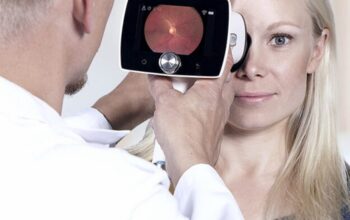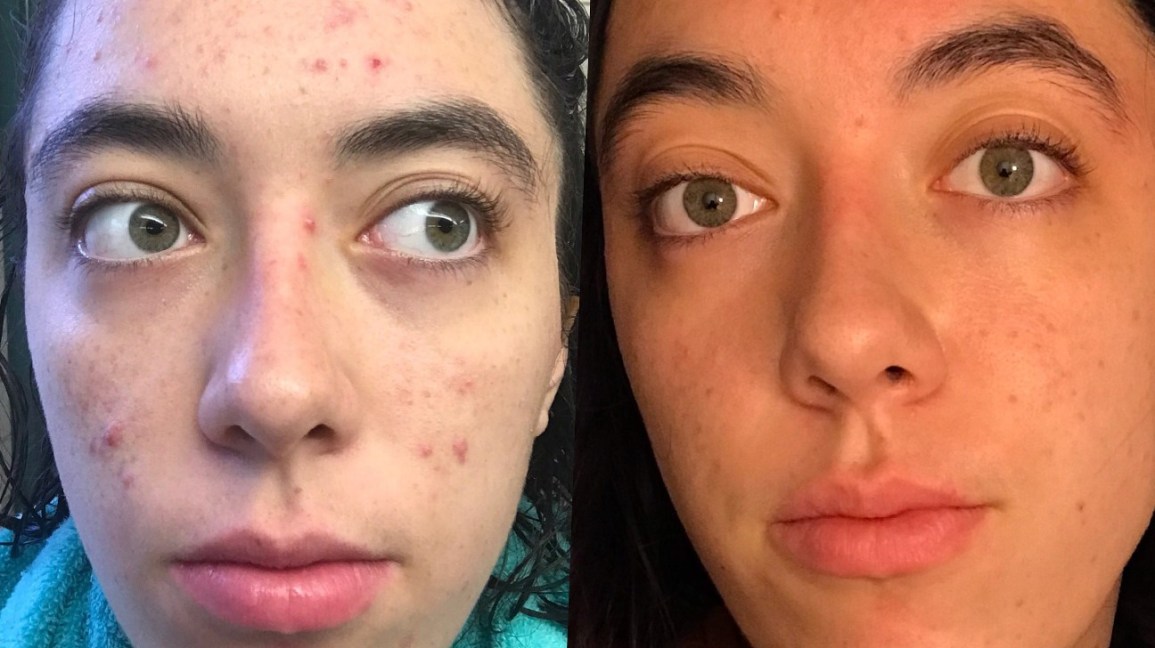Eyes are essential features of your face that allow you to perform various tasks. If you suffer from a vision problem, you may have to wear glasses or contact lenses for clearer vision. However, if you find glasses cumbersome, there’s good news! You can avoid wearing glasses, thanks to the many vision correction procedures available. The common ones are LASIK and PRK surgery, and all are similar but with distinct benefits.
LASIK eye surgery
LASIK is a popular laser eye procedure for correcting refractive errors. It’s an innovative surgery that can help restore your vision by reshaping the cornea. After undergoing LASIK eye surgery, you enjoy clearer vision and life without glasses or contact lenses.
The procedure takes about 30-60 minutes with minimal recovery time. The surgery won’t affect your day-to-day life, and you’ll see instantly. However, not everyone qualifies for LASIK surgery, and it’s advisable to consult an eye surgeon before considering LASIK.
How does LASIK work?
During the procedure, the ophthalmologist will change the shape of your cornea, allowing light to hit the retina perfectly. The process uses a laser to correct refractive errors like blurred vision resulting from astigmatism, myopia and hyperopia. What’s more, LASIK will restore your reading vision, but you may have to combine it with cataract surgery if you have cataracts.
Who performs LASIK surgery?
LASIK surgery is an outpatient procedure, and you don’t have to spend days in the hospital. The surgery takes place at a laser center and is performed by a professional ophthalmologist.
PRK eye surgery
Photorefractive keratectomy (PRK) is a laser eye surgery. It helps treat eye conditions like nearsightedness, farsightedness and astigmatism. It corrects the refractive errors by reshaping the cornea. PRK surgery uses a laser to improve how light rays focus on your retina.
Who benefits from PRK?
The doctor will examine your medical history, analyze your eyes and measure your cornea to determine if you’re eligible for the procedure. You may not qualify for PRK surgery if you’re under 21 years, pregnant, nursing, or suffer from pre-existing conditions like diabetes, cornea disease, cataracts or advanced glaucoma.
How long does a PRK surgery take?
PRK takes about 10 minutes and is an outpatient procedure. The doctor will reshape your cornea depending on the eye measurements taken. After the surgery, the doctor will prescribe some medications or eye drops to prevent infection.
LASIK vs. PRK- Which is better?
Both LASIK and PRK produce similar outcomes, but all have their cons and pros. LASIK suits most people, while PRK is an excellent option for some patients. Some people prefer PRK due to the flap dislocation associated with LASIK. However, in our Los Angeles clinic, lasik surgery allows for faster recovery allowing patients to return to work in no time.
You may prefer LASIK since you’ll enjoy a clearer vision faster. But, PRK would be ideal if you usually participate in contact sports. This is because LASIK involves cutting a flap on your cornea, which may get knocked off during sporting activities. Nevertheless, PRK is most suitable for patients with thin corneas and dry eyes.
In summary, both procedures are effective and safe, but LASIK is better. It’s cheaper and associated with a shorter recovery time compared to PRK. Also, there’s a minimal chance of post-surgery discomfort compared to PRK.



